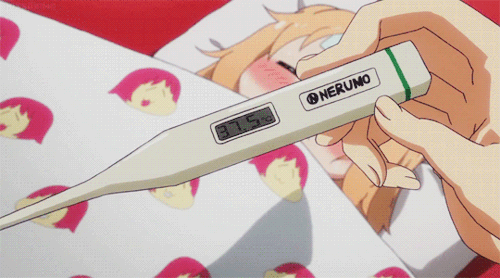Today (November 27, 1701) is the birthday of Anders Celsius, the Swedish physicist and mathematician who established the Celsius criterion for measuring temperature.

Anders Celsius was born on
November 27, 1701, in Uppsala, Sweden. Their family garden complex was in Toma,
also known as Oken. His native name Celsius is the Latin form of the family
garden complex name Celsus. One of his grandfathers, Magnus Celsius, was a
mathematician. Another grandfather was an astronomer like Anders. So he chose
science as his career. From a young age, he was well versed in mathematics. He
studied at Uppsala University where his father was a professor of astronomy. In
1730, at the age of 30, he joined the University of Uppsala as a professor of
astronomy.

In 1730, Celsius published a
paper entitled The New Method for Measuring Distance from the Earth to the Sun.
He also studied geothermal phenomena with Forder. He was the first to propose a
relationship between the North Pole flare and geomagnetic field changes. He saw
that the magnetic needles were massively deflected during the intense firing
process. He compiled and published 316 observations recorded by himself and
others during the period 1716-1732 about the North Pole fire in Nuremberg in
1733. In the early 1730s, Celsius explored various giant meteors in Europe,
such as Germany, Italy, and France.

He proposed the method of
measuring the horizontal bow in the historically famous Elephantia in Paris. In
1736 he took part in a horizontal measurement program organized by the French
Academy of Sciences under the leadership of a French mathematician. The purpose
of this project is to measure the distance between the equator and the equator
in present-day Ecuador, Peru. This discovery established that, as Isaac Newton
believed, the Earth is in a flat elliptical shape at the poles.

In 1738 he published his book
Objectives for Determining the Shape of the Earth. Celsius' participation in the
Ireland Landscaping earned him much acclaim in Sweden and was highly respected
by the Swedish government and industry researchers. Using this, he mobilized
much of his influence to build a new observatory in Uppsala. He successfully
established the Uppsala Astronomical Observatory in Uppsala. In that
observatory, he set up astronomical instruments made with the latest technology
he had amassed during his European voyage.
:max_bytes(150000):strip_icc()/TC_609230-fahrenheit-to-celsius-formula-5abe45dca9d4f90037340dc4.gif)
In astronomy, Celsius continued
to make observations using tinted glass plates to measure the brightness of
certain galaxies. These were the first instrumental brightness measurements.
Until then, galaxy brightness was estimated with the naked eye. He did
observations related to opacity and various celestial bodies. He measured the
luminosity of about 300 galaxies according to his luminosity. He was the first
to develop the Celsius scale, which has been used to scientifically define
multinational temperature. In his Swedish dissertation, "Temperature on
two stable gases", he declares that the study of freezing does not change
concerning the freezing horizontal (depending on atmospheric pressure).
But the boiling point of water is said to change depending on atmospheric
pressure.

His measurements are very
accurate. He also gave the rule of finding the boiling point when the
atmospheric pressure changes from the centrifugal pressure. In 1742 Celsius
announced the temperature scale in a dissertation for the State Academy of
Sciences in Uppsala, the oldest founded in 1710. His thermometer had a freezing
point of 100 degrees and a boiling point of 0 degrees. After the death of
Chelsea in 1745, Carl Illinois turned it upside down to facilitate measurement
in practice. Celsius first called his temperature scale in Latin, which means
one hundred steps. For many years it was referred to as the Swedish
thermometer. His student, Martin Stromer, developed a thermometer eight years
later. It was formerly known as Celsius in Europe and Centigrade in the UK.
This international unit was named after him.

In 1725 Celsius became secretary
of the Uppsala State Academy of Sciences. He remained in office until 1744.
Illinois and five others gave their full support to the Swedish government's
attempt to establish a science academy in Sutacholm in 1739. He was elected a
member of its first meeting. In fact, it was Celsius who named the new academy.
Anders Celsius, the founder of the Celsius Criterion, passed away on April 25,
1744, at the age of 42 in Uppsala, Sweden due to osteoporosis.
Source By: Wikipedia
Information: Dr. P. Ramesh, Assistant
Professor of Physics, Nehru Memorial College, Puthanampatti, Trichy.


.jpg)
No comments:
Post a Comment